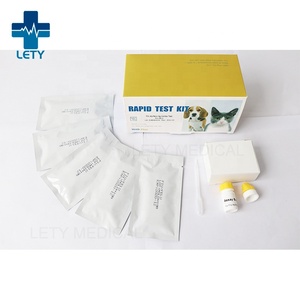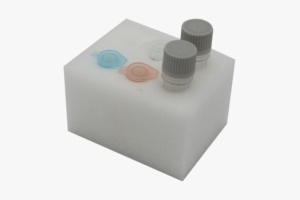Understanding Ehrlichia: A Comprehensive Overview
Ehrlichia refers to a genus of bacteria responsible for causing various diseases in humans and animals, particularly transmitted through ticks. As part of the Rickettsiaceae family, these microorganisms can lead to serious health issues if not properly diagnosed and treated. Understanding Ehrlichia is essential for healthcare professionals, veterinarians, and individuals exposed to tick habitats.
Types of Ehrlichia Infections
There are several types of infections caused by Ehrlichia, each with distinct characteristics and implications:
- Ehrlichiosis: This is the primary condition associated with Ehrlichia, featuring symptoms like high fever, fatigue, and muscle aches.
- Ehrlichia chaffeensis: Commonly found in the United States, this species primarily infects humans and can lead to severe complications such as kidney failure if untreated.
- Ehrlichia ewingii: Often affecting dogs, this strain can also infect humans but usually results in milder symptoms.
- Ehrlichia canis: This species is predominantly found in canines but can occasionally be transmitted to humans, leading to similar symptoms as other strains.
Applications of Ehrlichia Research
Research on Ehrlichia plays a vital role in various fields, significantly contributing to public health and veterinary sciences:
- Public Health Surveillance: Monitoring Ehrlichia infections helps in controlling their spread and preventing outbreaks, particularly in high-risk areas.
- Veterinary Medicine: Understanding Ehrlichia helps veterinarians to diagnose and treat infections in domestic animals effectively, ultimately protecting human health.
- Tick Control Strategies: Research into Ehrlichia transmission dynamics informs tick management programs aimed at reducing the incidence of related infections.
- Vaccine Development: Information from Ehrlichia studies provides insights that may lead to the development of effective vaccines to protect at-risk populations.
Advantages of Early Diagnosis and Treatment of Ehrlichia
Timely identification and management of Ehrlichia infections are crucial, offering a multitude of benefits:
- Improved Patient Outcomes: Early intervention reduces the risk of severe health complications, ensuring better recovery rates.
- Reduced Healthcare Costs: Early detection often leads to less extensive medical treatment, saving costs associated with severe complications.
- Prevention of Transmission: Identifying and treating infected individuals can help mitigate the risk of spreading Ehrlichia to others, especially in communal environments.
- Enhanced Knowledge: Increased awareness about Ehrlichia improves the overall health literacy of the public, empowering individuals to take preventative measures.





































































































































































